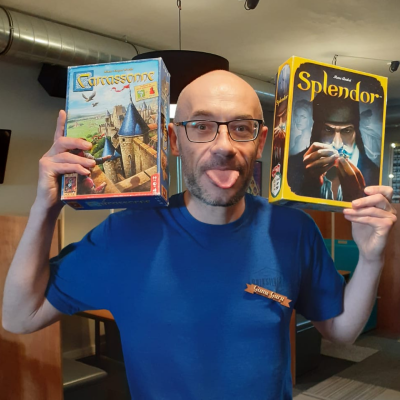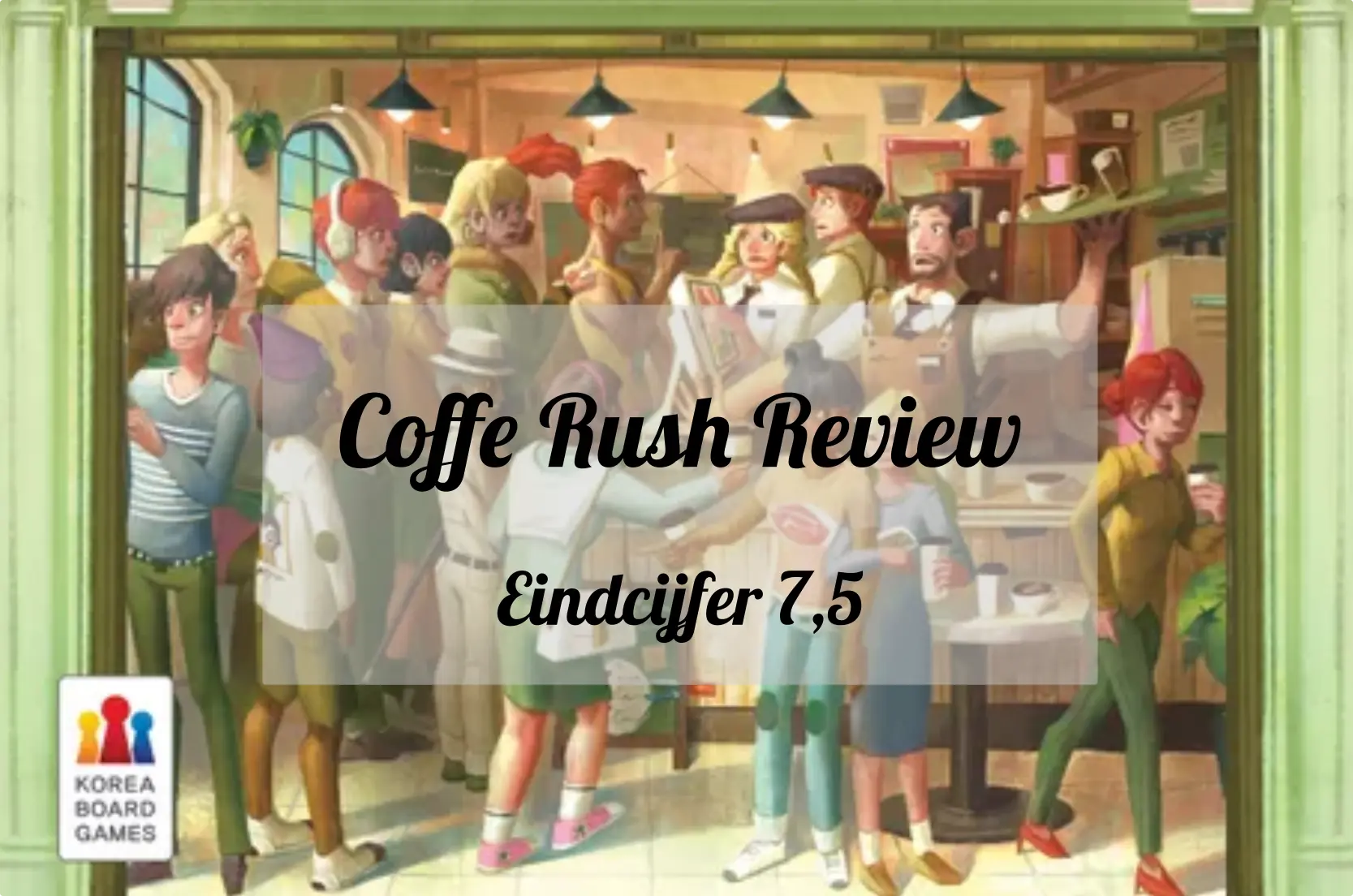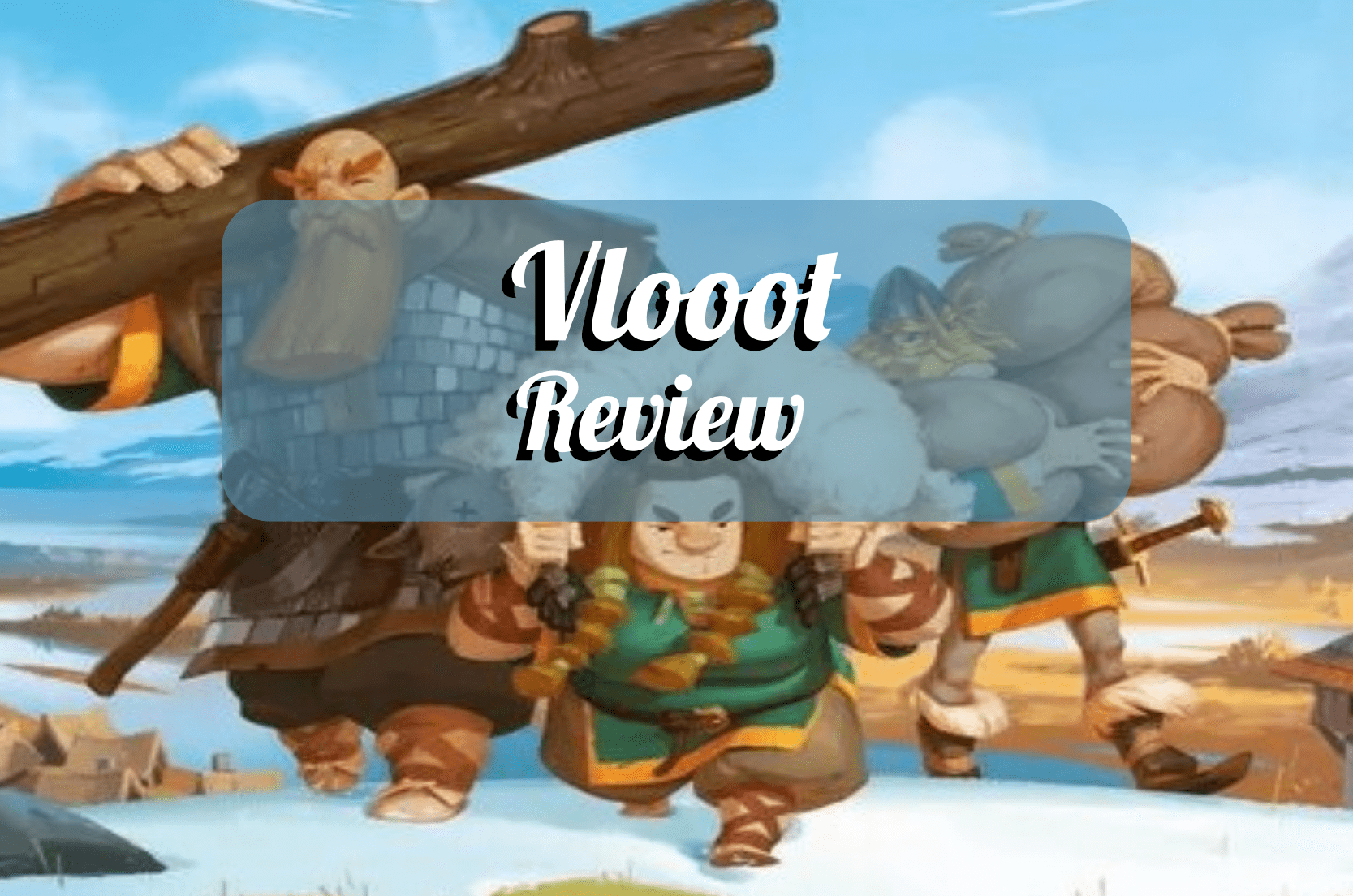



Kan je niet genoeg krijgen van onze blogs. Lees meer hier
A Guide for Publishers and Distributors
The Trading Card Games (TCGs) landscape has seen remarkable growth in recent years with countless new releases hitting the market. However, not all of them have achieved the intended success. Bringing a new TCG to market requires not only good game, but also thorough strategy, dedication and understanding of market dynamics. In this comprehensive article we will explore the essential steps to launch a new Trading Card Game, focusing on the physical aspect of the market.
A Trading Card Game is a card game in which players put together their own decks with cards from different series. These series often contain between 100 and 300 unique cards, packaged in booster packs of 10 to 20 cards. An element of excitement and collection comes from buyers not knowing which cards they will receive when purchasing a booster pack. Most TCGs regularly release new series, with additional decks and special editions to attract collectors.
A successful TCG must achieve two main goals: providing an engaging gaming experience and encouraging collecting. These two aspects often go hand in hand, motivating players to collect new cards while enjoying strategic deckbuilding and play. An organized play program is crucial for long-term success. This program, supported by the publisher, allows stores to attract and retain players by hosting regular events.
Community Building, also known as Hobby Building, is a key element in the success of a TCG. Shops act as important meeting places where players gather, trade, play and make new friends. The success of organized play programs and events is crucial to building an engaged and growing community. The enthusiasm, knowledge and commitment of store staff are vital, but the true power lies in the interaction between players. The social factors, especially the sense of community, are indispensable for a TCG to live a long life.
Before we delve deeper into the launch process, let's first outline the current landscape of TCGs. Three giants dominate the market: Magic the Gathering, Pokemon TCG and Yu-gi-oh TCG. Each of them has its own specific target group and a history of more than 20 years.
Hundreds of TCGs have been released over the past two decades, but only a few have achieved actual success. The World of Warcraft TCG, active from 2006 to 2013, was a big hit, mainly thanks to scratch codes for in-game goodies in the online version of World of Warcraft.
Disney Lorcana, released in 2023, also shows a lot of potential. However, many TCGs have disappeared, and a few are currently trying to compete for a spot in the market, including Flesh and Blood, Digimon, One Piece the Cardgame, and Battle Spirits.
A striking observation is that no brick-and-mortar TCG has ever been successful without the support of Friendly Local Game Stores (FLGS). The community building these stores provide is invaluable to a TCG's long-term success.
A successful launch of a TCG requires not only an attractive game concept, but also the involvement and support of game stores. Here are some crucial aspects that game stores need to get started with your product:
While we've covered the essential steps for a successful launch, it's also important to avoid pitfalls. Here are some things to avoid when issuing a TCG:
Bringing a new Trading Card Game to market is a complex and risk-filled process that requires carefully planned strategy and execution. Understanding the dynamics of the TCG market, targeting a unique audience and building an engaged community are crucial elements for success.
As a publisher or distributor facing issues related to publishing a TCG, you may be looking for a sparring partner to review the current strategy. Perhaps a completely new strategy is needed. Wherever your TCM issue lies, professional advice and guidance increases your chance of success.
Please get in touch,
Patrick ten Hoorn
p.tenhoorn(at)spellenhuis.nl

Kan je niet genoeg krijgen van onze blogs. Lees meer hier




